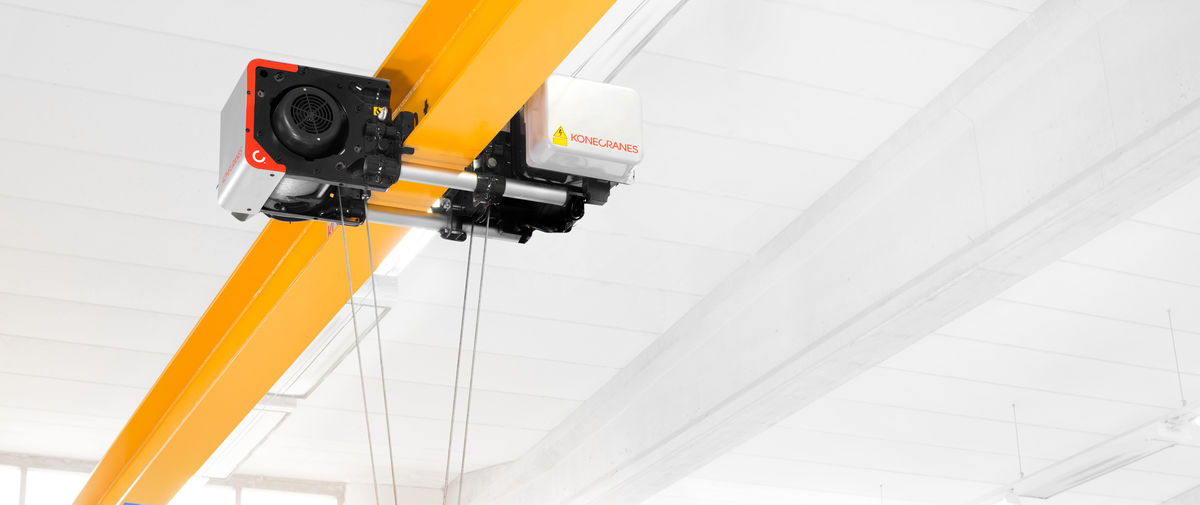Customer story
A Navy-owned ballistics laboratory uses the CXT crane
For a United States Navy-owned ballistics facility, top-security is always a consideration—even when it comes to overhead cranes. “We perform several jobs there throughout the year, but we have limited access to areas within in the facility,” said Joe Henry, branch manager at Konecranes. “For example, in the new building, we put a small Konecranes CXT overhead crane, but we do not have access to know the exact application of the crane.”
Just as Konecranes works with the facility’s engineers and technical experts to determine the right crane for their application, Konecranes also works with the facility’s safety team to ensure the cranes meet the stringent Navy specifications for handling volatile types of fuel. “Based on the emphasis they place on crane specifications, it is clear that safety is the highest priority at the facility,” said Henry.
Special service
“With the older, highly-specified equipment in their facility, the challenge is to upgrade strategically and effectively, while keeping all of their safety concerns in mind,” said Henry. For instance, last year Konecranes replaced one of the existing wooden overhead crane runways in the facility with a new steel runway—an extensive project that required engineering knowledge of environmental class and division requirements to determine materials that could prevent potential fires or explosions.
In respect for the delicate nature of their work, Konecranes provided CXT cranes with redundant braking and variable frequency drives to allow for slow, controlled movements. Other considerations, such as air piston motors and a higher duty class hoist, allow for a more substantial lifting situation. To help employees maintain a safe distance from hazardous materials, the cranes are operated from a camera in a bunker.
